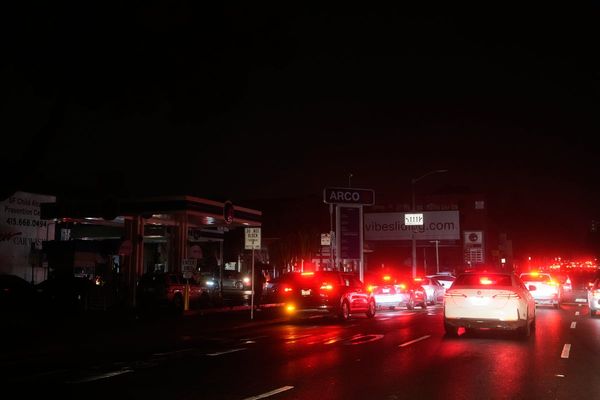

We’ve officially reached that chaotic moment on the Aussie calendar: daylight saving time is spinning back into our lives in 2025. Put down your phone, step away from your microwave’s confusing clock interface, and prepare to lose one precious hour of sleep — all so we can live out our sun-loving, post-work fantasy without speedwalking home in the dark. We are so back baby!
For most of the country, it’s almost time to wind clocks forward and embrace that golden “after 6pm” glow. If you’ve long forgotten how to manually change an analogue clock, don’t stress — your phone’s got your back. Meanwhile, spare a thought for Queensland, WA, and NT, who’ll be sitting this one out and rolling their eyes at your “is it 2pm there or 3pm?” texts.
Still lost? don’t worry, we’ve got ya. You can read more about daylight saving below.
When does daylight saving time start for 2025?
Daylight saving launches on Sunday, 5 October at 2am, when those in the chosen states will push the clocks forward one hour. It’s the price you pay for lighter, longer evenings — and the unofficial start to making life worth living with spontaneous beach hangs and post-work Aperols.

Which states and territories have daylight saving?
Victoria, NSW, ACT, Tasmania and South Australia are in on the annual clock-changing chaos. QLD, WA and the NT? They sit back, relaxed, and enjoy their regular programming without daylight saving drama.
The bad news for border towns: Australia morphs from three time zones in the cool months (April to October) into five during the warmer months (October to March). So, if you’re living near the QLD-NSW line, we salute your ongoing emotional resilience and calendar-juggling skills.
For extra confusion: Sydney leaps an hour ahead of Brisbane, South Australians go from being 30 minutes ahead of Queenslanders to 30 behind, and the folks in WA suddenly find themselves three hours behind the eastern daylight time crew. If your head’s spinning, welcome to the club.

Why do we have daylight saving?
Daylight saving was initially introduced in Australia during World War I to conserve power, and was reintroduced during WWII for the same reason.
However, its relevance today is the subject of a lot of debate, especially in Queensland which has flip-flopped with having it for some years now. Former Queensland premier Joh Bjelke-Petersen previously claimed that daylight saving confused milking cows, but experts have since clapped back.
Managing director of Pets Australia, Dr Joanne Sillince, told The Guardian that our furry friends rely on sunrise and sunset for their body clocks. “They are sensitive to the change in behaviour of their human companion. If you’re a dog or cat you’re about to get fed an hour earlier. My home-based animals love daylight saving.” Do it for the dogs, people!
Some experts say daylight saving is good because we get an extra hour of daylight, which is better for our mental health. Others say the change in circadian rhythm is catastrophic and actually results in more dangerous accidents.
All I have to say is that I much prefer it when I clock off work at 5.30pm and it doesn’t look like it’s the middle of the night.
Lead image: E!
The post When Does Daylight Saving Start In Australia For 2025 & Do You Lose Sleep? appeared first on PEDESTRIAN.TV .







